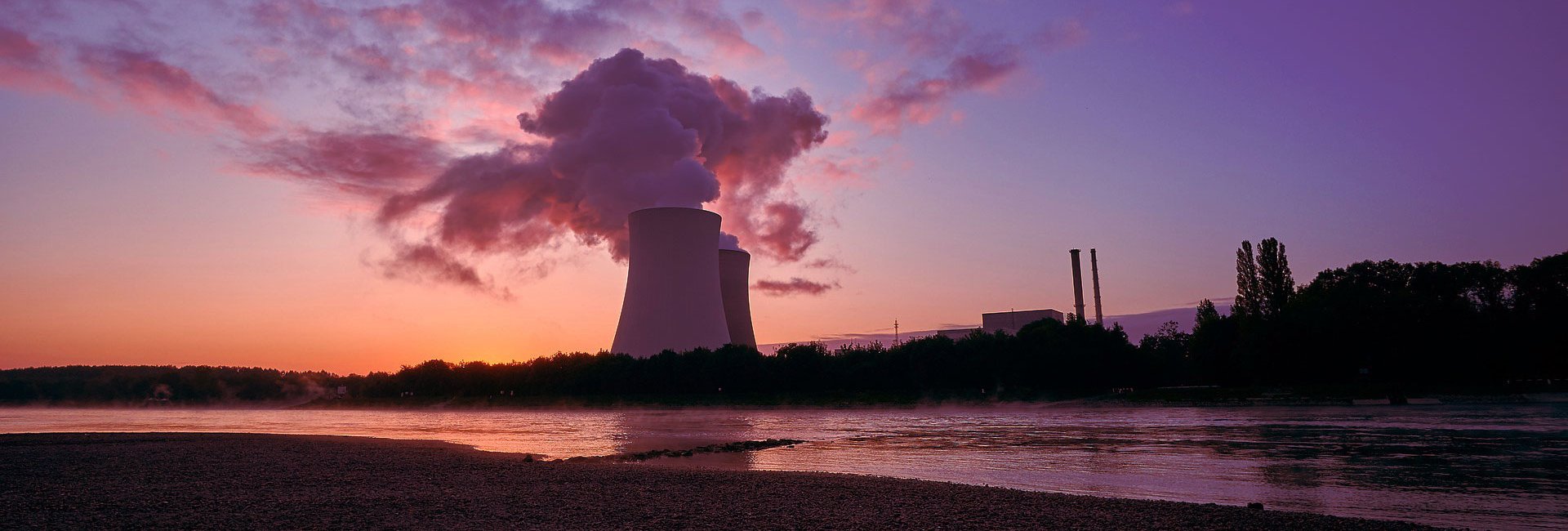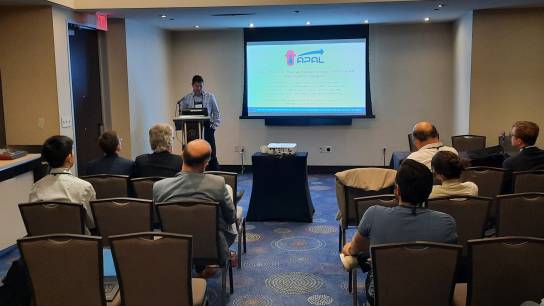APAL results presented at the NURETH-20 Conference in Washington D.C.
APAL project members participated in the International Topical Meeting on Nuclear Reactor Thermal Hydraulics (NURETH) conference in Washington D.C., USA, between 20th and 25th of August 2023. During the conference results from the project’s work packages (WP) 1 and 2 were presented. It was a great opportunity to disseminate knowledge and insights gained during the APAL project, receive quality feedback about the research as well as to learn about the latest developments in the field of thermal-hydraulics of nuclear reactors.
The NURETH conference is the premier gathering for experts in nuclear reactor thermal hydraulics (TH) and related topical areas. The first event was initiated at the Saratoga Springs in the USA in 1980 and since then 20 meetings have been held. In this year’s event around 600 specialists and experts from around the World attended and almost 500 peer-reviewed papers had been accepted for the presentation.
The APAL project was represented by Pavel Kral (ÚJV Řež), Richard Trevin (Framatome), Ivor Clifford (Paul Scherrer Institute) and Lukasz Sokolowski (Kiwa Inspecta Technology). At the conference the results from two work packages were presented: WP1 - LTO improvements relevant for pressurised thermal shock (PTS) events and WP2 - Improvement of TH analysis.
The first APAL contribution was “LTO Modifications to Reduce the PTS Issue – Results of TH Calculations in the Context of the APAL European Project”. In this presentation the impact of identified Long-Term Operation (LTO) improvements relevant to PTS in a Pressurized Water Reactor (PWR) were investigated. Pressurized Thermal Shock (PTS) which is the main subject of the APAL project is one of the greatest contributors decreasing the lifetime of a reactor pressure vessel (RPV). PTS occurs generally in PWRs. The results obtained in this analysis were used in deterministic and probabilistic fracture-mechanics benchmarks and in the final stage of the APAL project. During the presentation the effect of the selected LTO improvements and human actions on the safety margin were quantified as well.
The next presentation was titled “Best-Estimate-Plus-Uncertainty Analyses of PTS Using a Mixing-Analysis Program for the APAL European Project”. During this presentation results from the best-estimate plus uncertainty (BEPU) methodology applied to the PTS phenomenon were presented. It is worth to mention that during the APAL project this methodology was applied to study PTS for the first time. The refined results were presented in an accessible way by diagrams with a Spearman correlation coefficient.
The last presentation was “State of the Art for Thermal-Hydraulic Analysis of Pressurised Thermal Shock Scenarios” where European state-of-the-art practices on PTS were evaluated. The limitations of computer codes used for mixing analysis were discussed. The results of previous projects focused on TH analysis and uncertainty quantification (UQ) relevant for PTS analysis were collected and summarised. The available experimental TH data for PTS from validation of TH computer codes and development of UQ methods was also collected and discussed.
The atmosphere at the conference was very professional, kind and full of optimism about the role of nuclear power in the future. There were relatively many presentations on the development of new reactors, for instance small modular reactors (SMR). Although the APAL project focuses on the existing fleet of large commercial nuclear reactors and PWR technology, the presentations were a very welcome contribution appreciated by NPP operators and vendors at the NURETH conference. The findings of the APAL project will be a valuable resource and used to extend the lifetime of these valuable assets (NPP) in Europe and around the World. It is quite evident that APAL recommendations will also be valuable when designing new reactors and in other technologies, such as diverse process industry, hydrogen and nuclear fusion.

